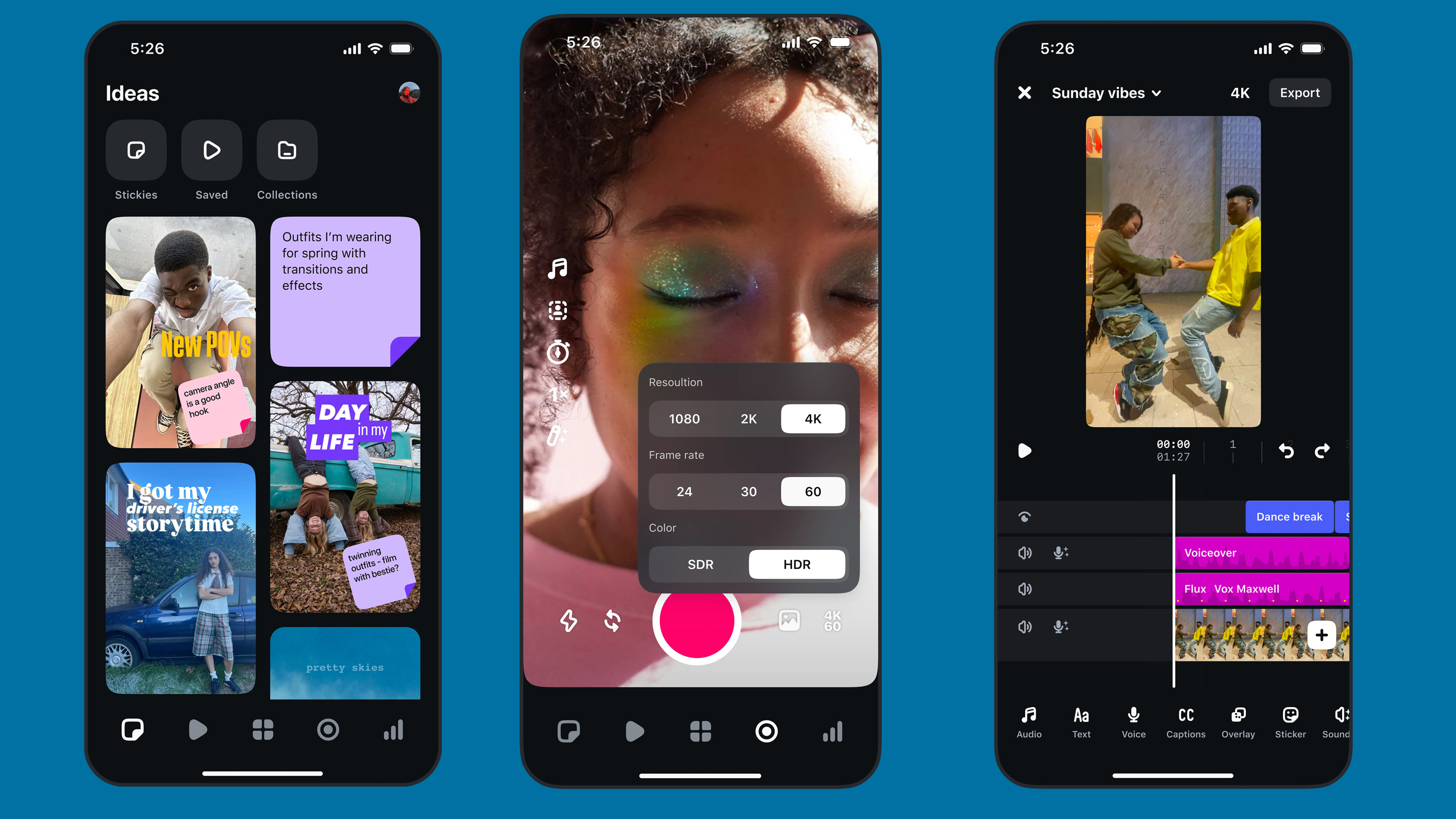Photo kit field guide: best gear for macro photography
Want to take your macro images up a notch? Here are some of the best items you can buy and some things you need to consider before you do
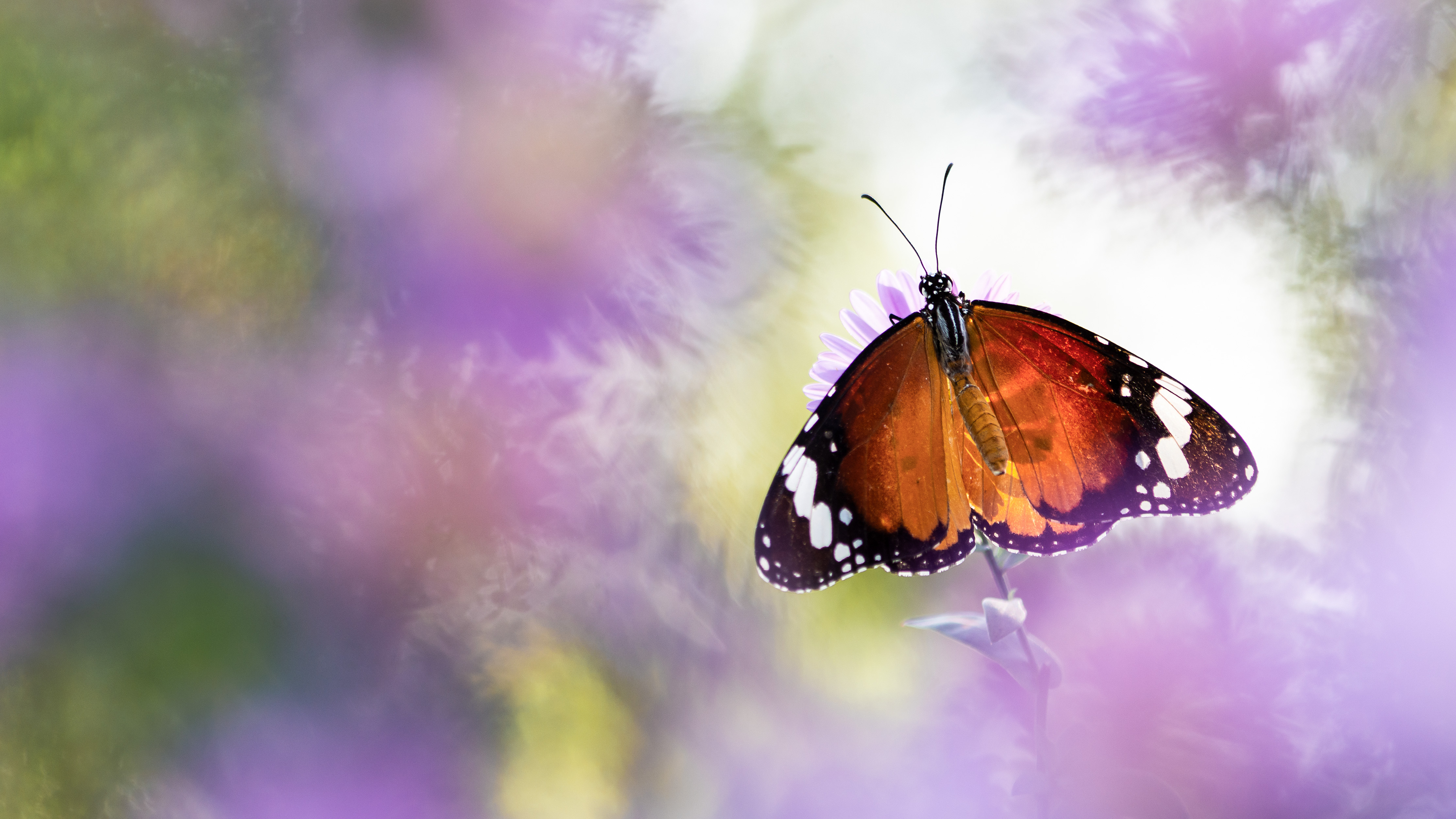
Most photographers are familiar with what a macro lens does and how it differs from conventional optics, of similar focal lengths. However there are multiple types of macro lens available in the modern age of photography, as well as several options of camera format. This can complicate the choice of gear considerably and it is critical to understand just how various items impact the type of creative macro shots we can capture.
Magnification ratio is the first important factor to consider, as this will directly influence how close you can get to your subject. To clarify, this does not necessarily refer to the minimum focus distance of a lens, rather the magnifying power of the optical design and the resulting reproduction size of the subject in the final frame. For beginners, many lenses have a ‘macro’ function, especially telephoto zooms, such as a 70-300mm.
This is somewhat misleading as such lens modes do not provide true macro magnification. The common reproduction ratio is somewhere around half life size (1:2) or less (1:4), which is still useful for larger objects, but cannot provide frame-filling compositions of small subjects. A true macro lens has at least a 1:1 magnification, meaning the projection is the same size as the real object. This allows the photographer to fill the whole frame with just a tiny proportion of the total subject.
The next consideration is sensor size, as this will also affect composition. An APS-C format sensor has less total sensor area, so the crop factor will make frame-filling compositions easier. With a Full Frame camera, post process cropping may be necessary to achieve this with the same focal length, reducing overall file resolution. At life size however this can exclude a lot of the environment, which may not be desirable. Some photographers prefer a medium format sensor, because even at 1:1 there is still some extra space around the subject, to provide context.
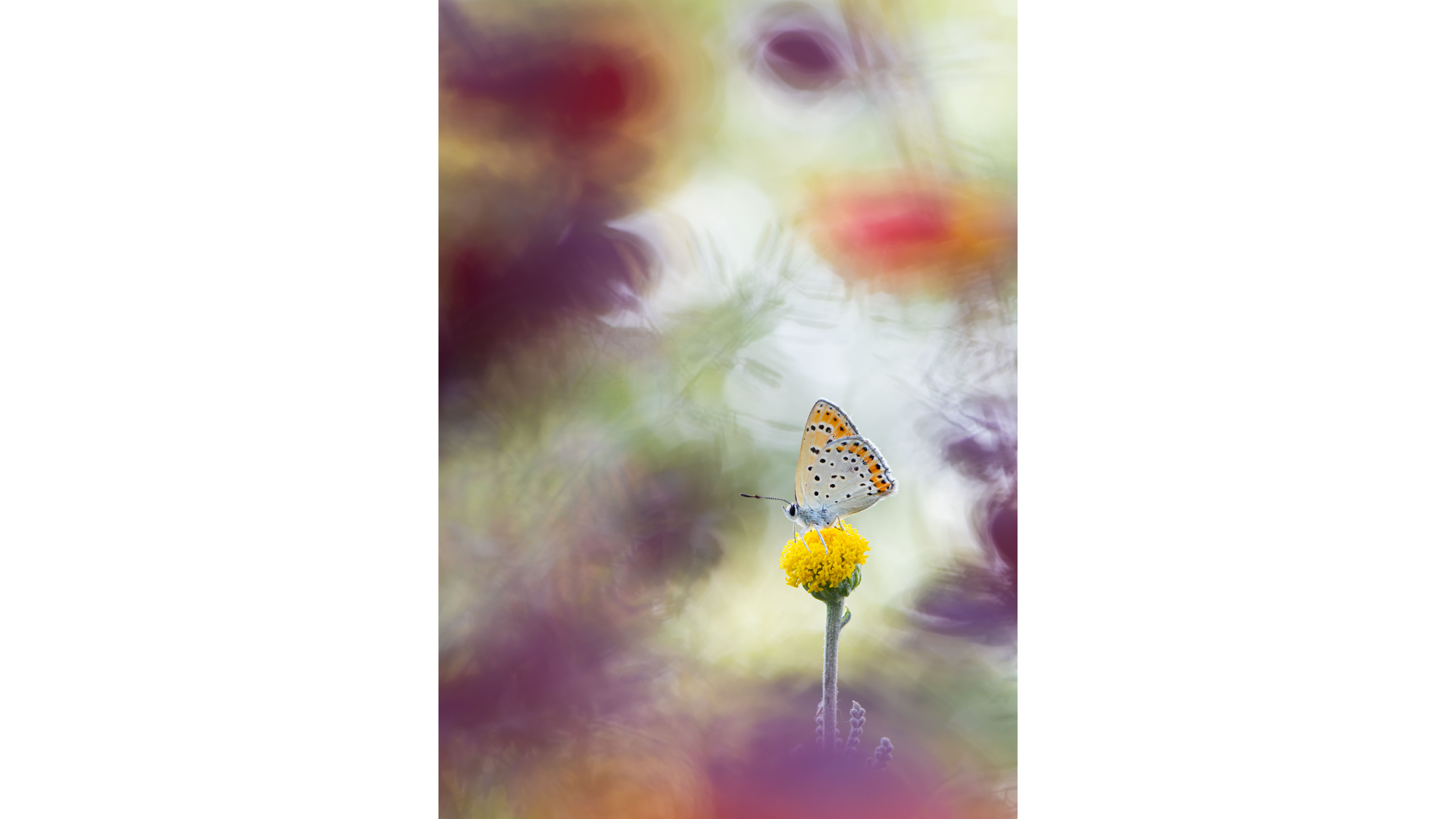
Choose your camera
APS-C cameras
One of the biggest advantages of cameras with smaller sensors is their size and weight - the smaller sensor area allows lens design to be minimised, while the chip takes up less physical space in the body. There is another advantage in the realm of macro photography however. The narrower field of view that is offered by a crop frame camera makes it easier to achieve frame-filling images of smaller subjects, even with a lens that isn't especially high powered.
Of course the potential disadvantage is that with smaller sensors, comes smaller pixels, meaning image noise may be more of an issue than on Full Frame cameras. Today's APS-C and Micro 4/3 camera models have exceptional processors, which filter out grain and can produce clean, high resolution images, however at very large pixel densities, detail loss is still an issue at higher ISO settings.
Pros: Price, portability, closer cropping
Get the Digital Camera World Newsletter
The best camera deals, reviews, product advice, and unmissable photography news, direct to your inbox!
Cons: Sensitivity range, high ISO performance
Full Frame cameras
Often seen as the go-to option for professional photographers, Full Frame models offer generally higher pixel counts, greater dynamic range and lower noise at higher ISOs. This can be an advantage when shooting handheld, where you might need to set a higher sensitivity to maintain and workable shutter speed. You'll often find that high-end models will also have a better build quality than an entry-level APS-C model.
The larger sensor also has effects on depth-of-field, which can be both a blessing and a curse. It is easier to achieve very shallow depth-of-field with a wide aperture lens on a Full Frame camera, introducing some lovely creamy bokeh. However, in macro photography we generally want to extend DOF, to cover the entire scene with the focussed plane. Coming from an APS-C model it can be surprising just how shallow DOF is - even at f/16 it is possible to see that the back of the subject is not as in-focus as an area closer to the camera, which is a potential irritation.
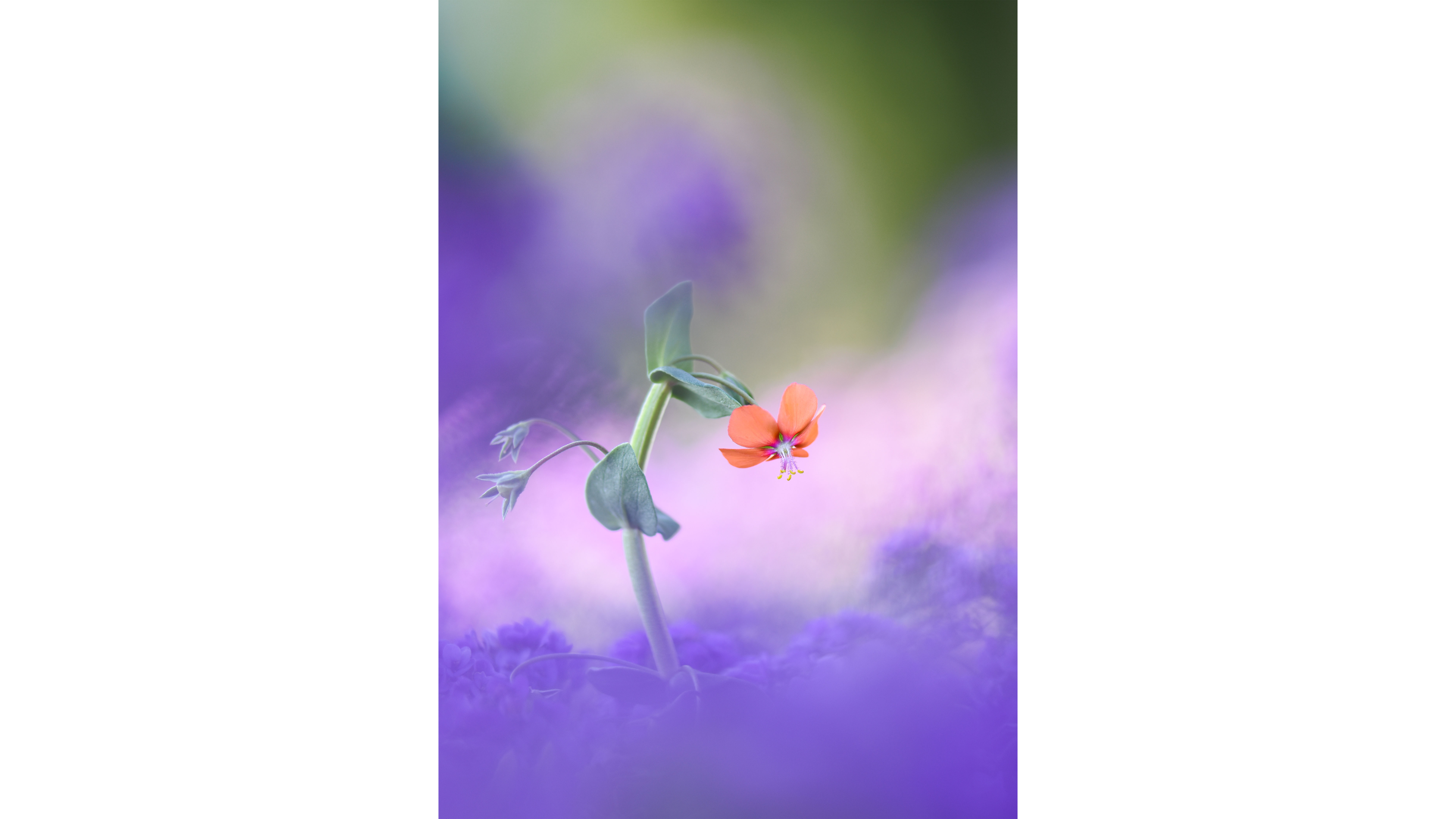
Lenses
Standard macro
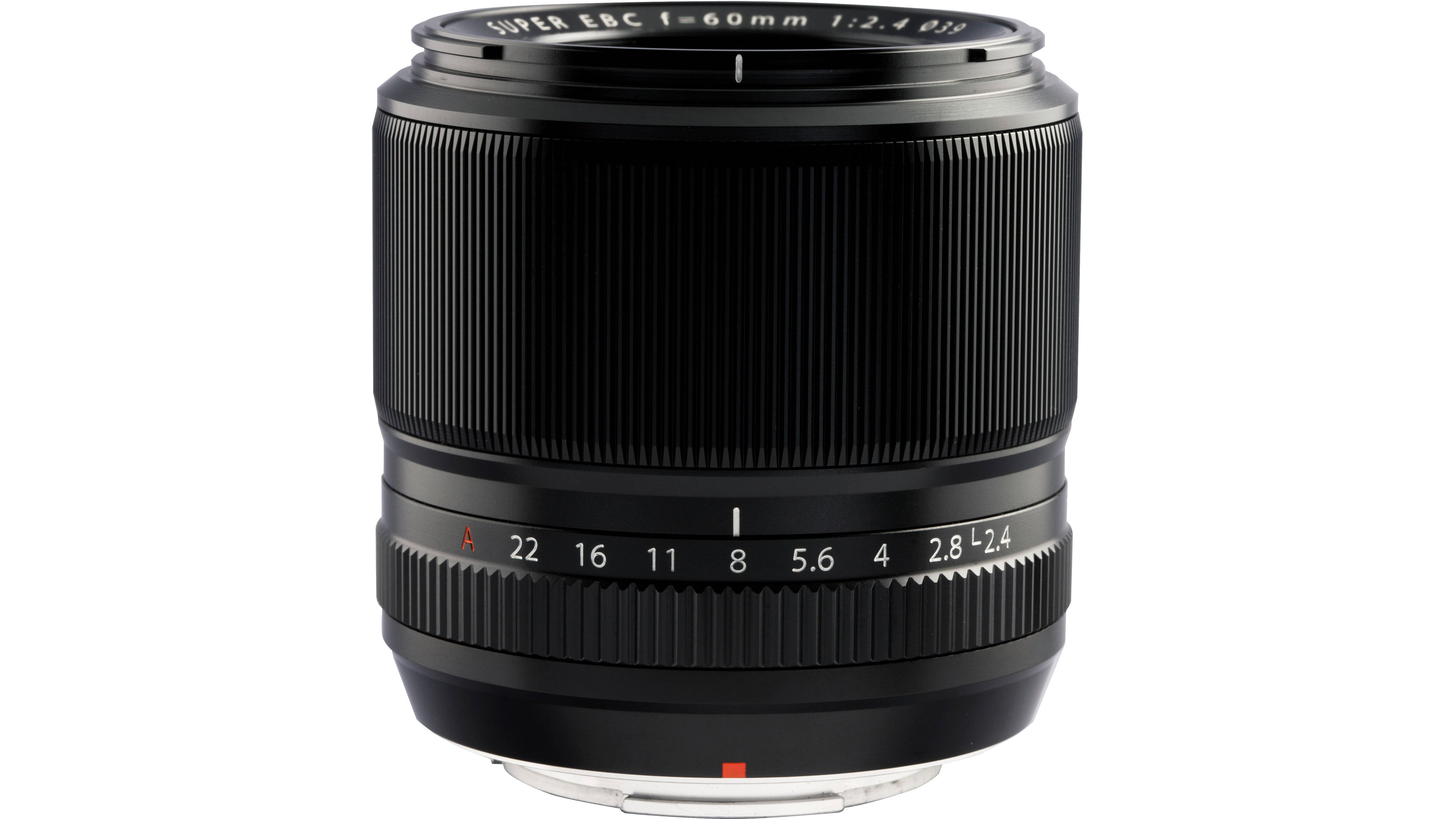
Many photographer’s first macro lens is a 50mm or 60mm optic, with a 1:1, life-size magnification. These are easy to use, affordable choices and are perfect for creative flower photography. The short focussing distance is less use for skittish insects though and less practical overall.
Use for: Flower portraits, everyday macro
More: The best macro lenses in 2021
Short telephoto
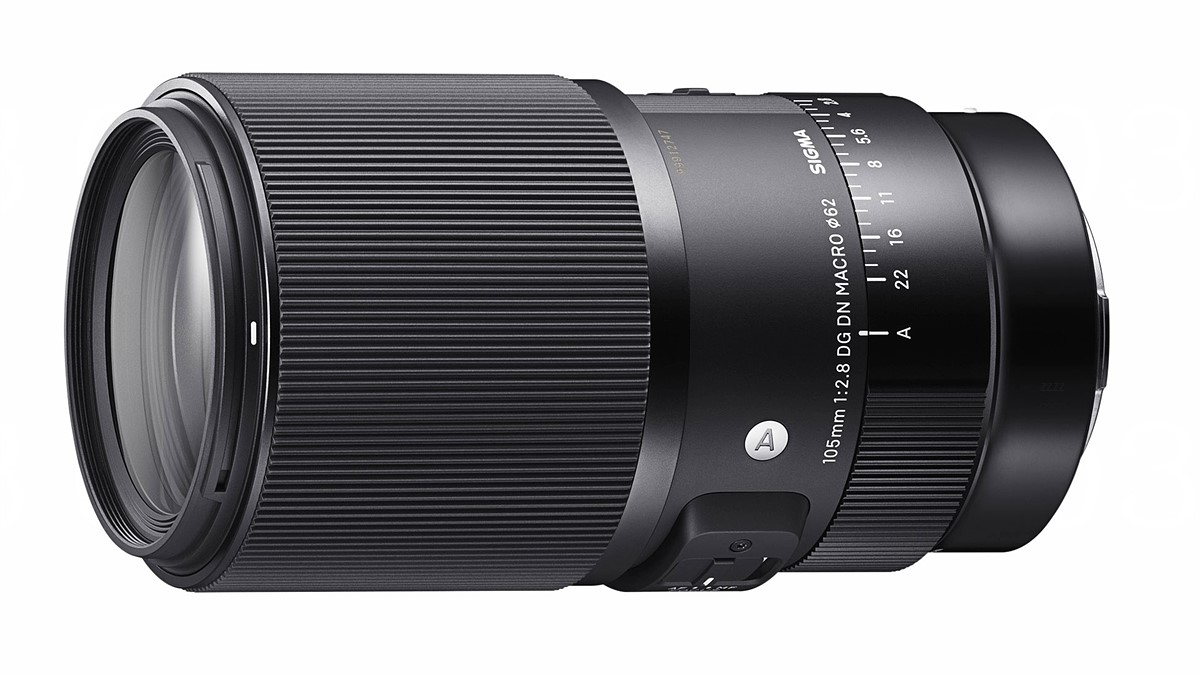
The 100mm range is often the choice of enthusiast macro photographers. These lenses allow you to work slightly further away from the subject, making 1:1 shooting more practical. Expect image stabilisation as more common and Full Frame compatibility. The best compromise between features, size and price.
Use for: Small flowers, insects
Telephoto
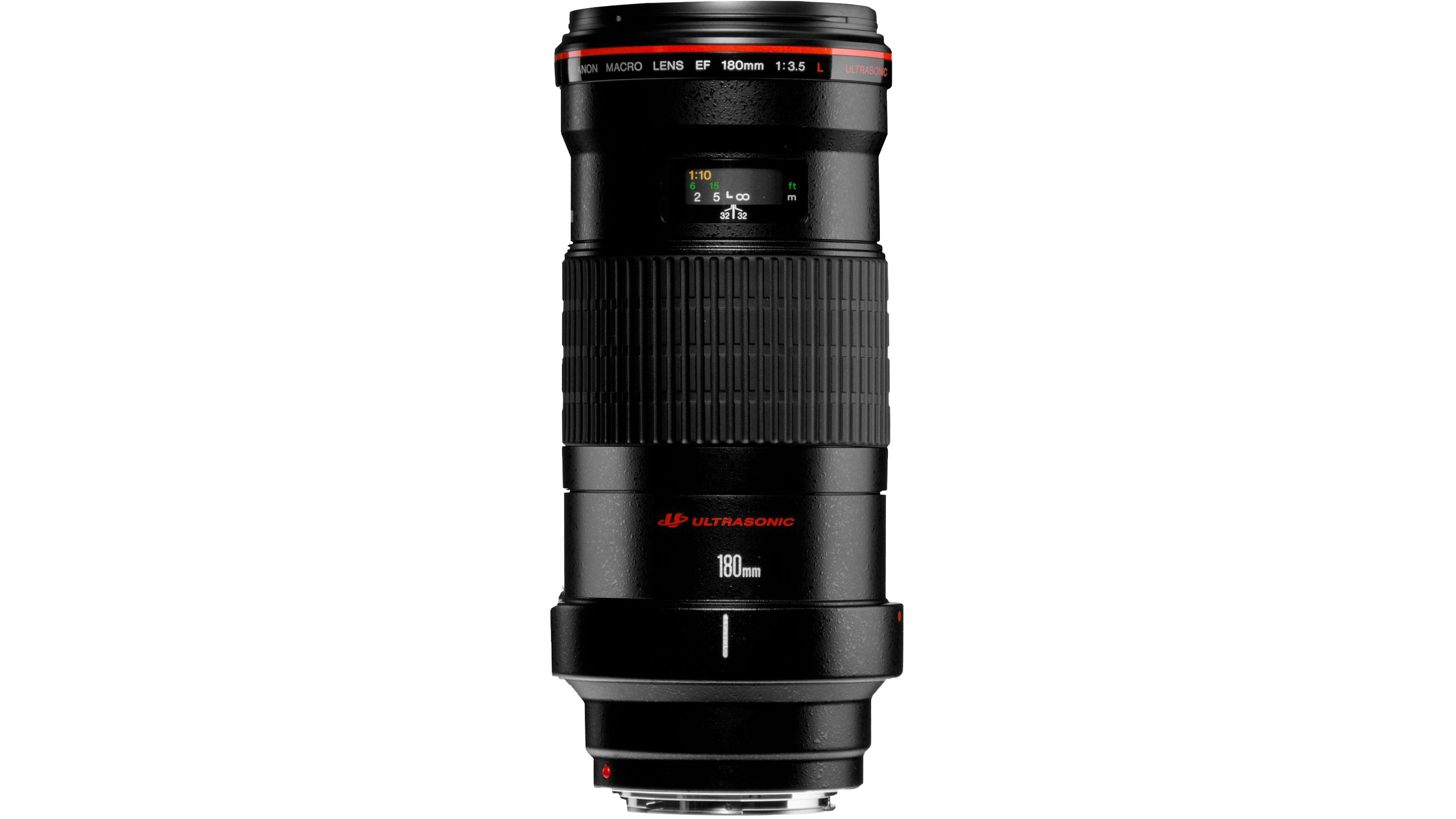
The 180mm or 200mm macro lenses are the choice for working professionals. These offer true life size reproduction from a good distance from the subject, making them perfect for insect photography. They do tend to be heavy, large and expensive, though work for portraits too.
Use for: Insects, skittish subjects
Specialist
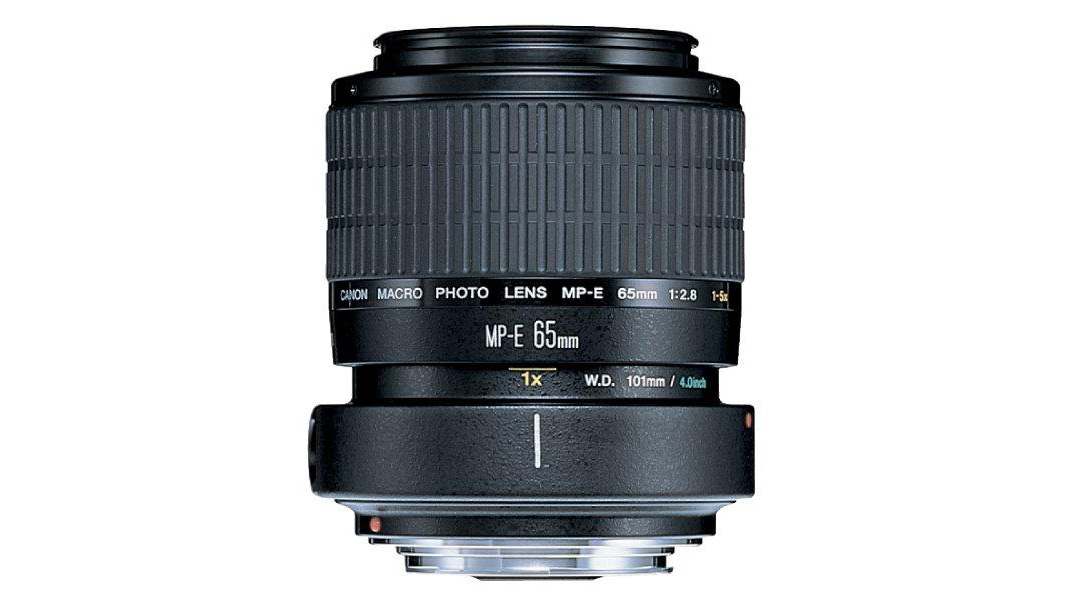
There are some tilt/shift lenses with true macro focussing. These are amazing for controlling focus and extending depth-of-field. There are also some lenses which offer greater than 1:1 magnification. These are both highly niche types, with prices as impressive as their creative freedom.
Use for: Micro photography, scientific applications
About our photographer
The lovely images shown throughout this piece were supplied by Zohreh Soleimanpour who's work appeared in a recent issue of Digital Photographer Magazine. In that feature her images were mistakenly credited with another name (Salehe Soleimani). Visit her Instagram to see more of her work!
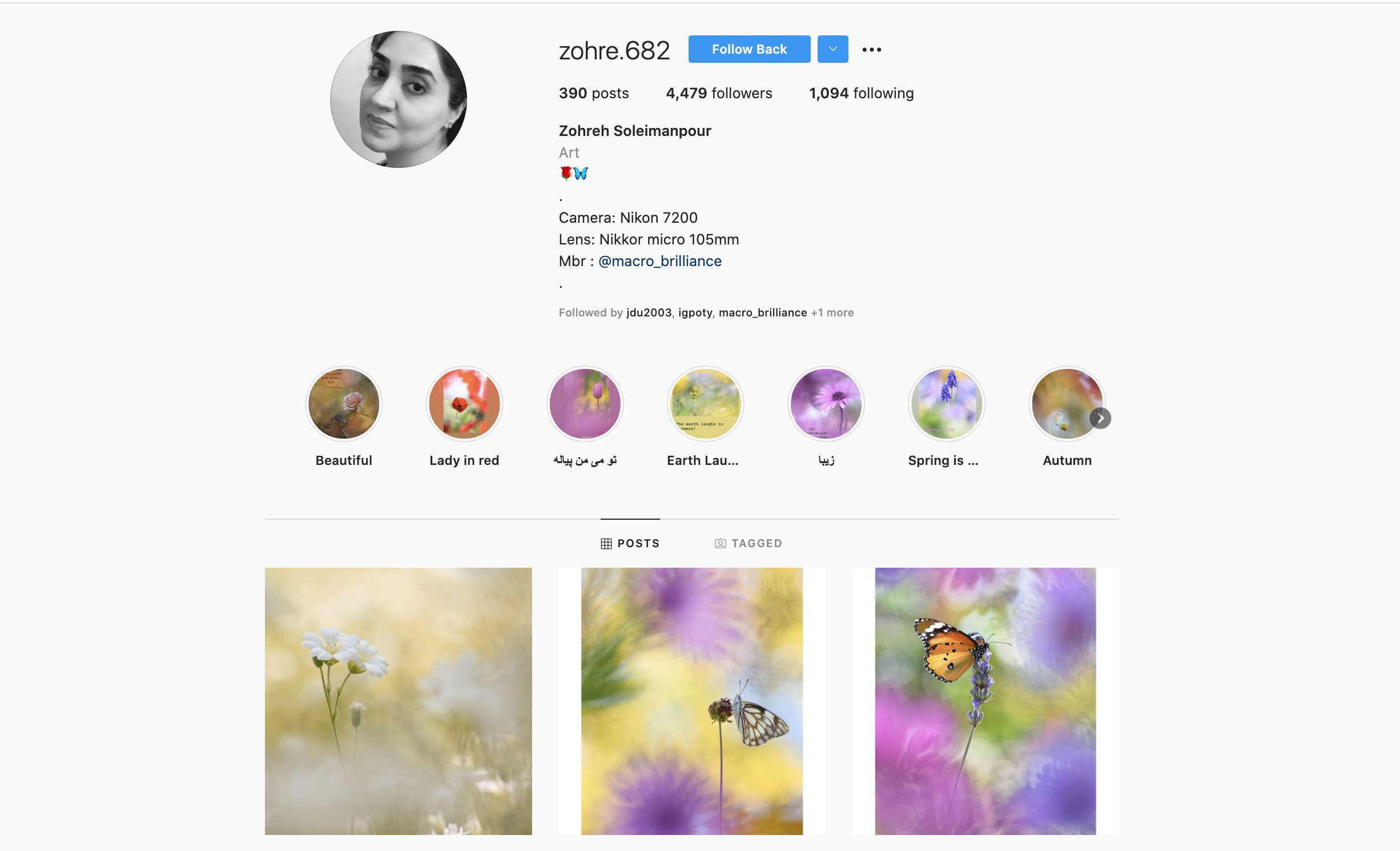
Read more
10 quick steps for photographing creative macro masterpieces
The best extension tubes in 2021: shoot close-ups and macro photos on the cheap
Digital Photographer is the ultimate monthly photography magazine for enthusiasts and pros in today’s digital marketplace.
Every issue readers are treated to interviews with leading expert photographers, cutting-edge imagery, practical shooting advice and the very latest high-end digital news and equipment reviews. The team includes seasoned journalists and passionate photographers such as the Editor Peter Fenech, who are well positioned to bring you authoritative reviews and tutorials on cameras, lenses, lighting, gimbals and more.
Whether you’re a part-time amateur or a full-time pro, Digital Photographer aims to challenge, motivate and inspire you to take your best shot and get the most out of your kit, whether you’re a hobbyist or a seasoned shooter.

